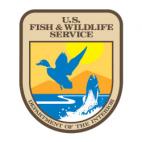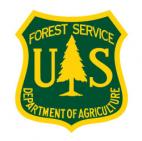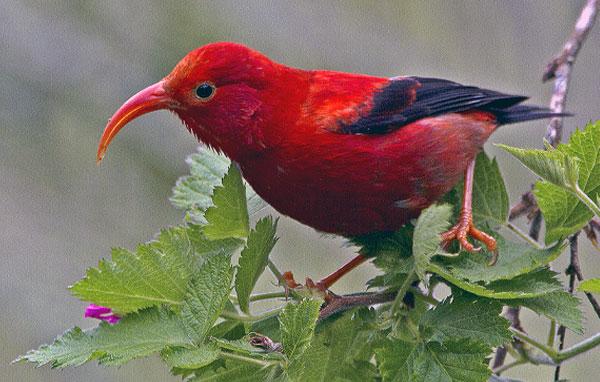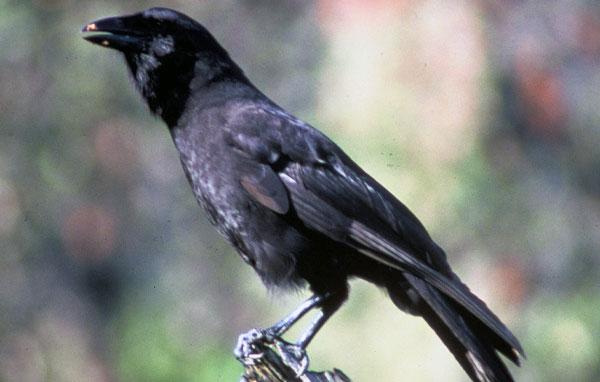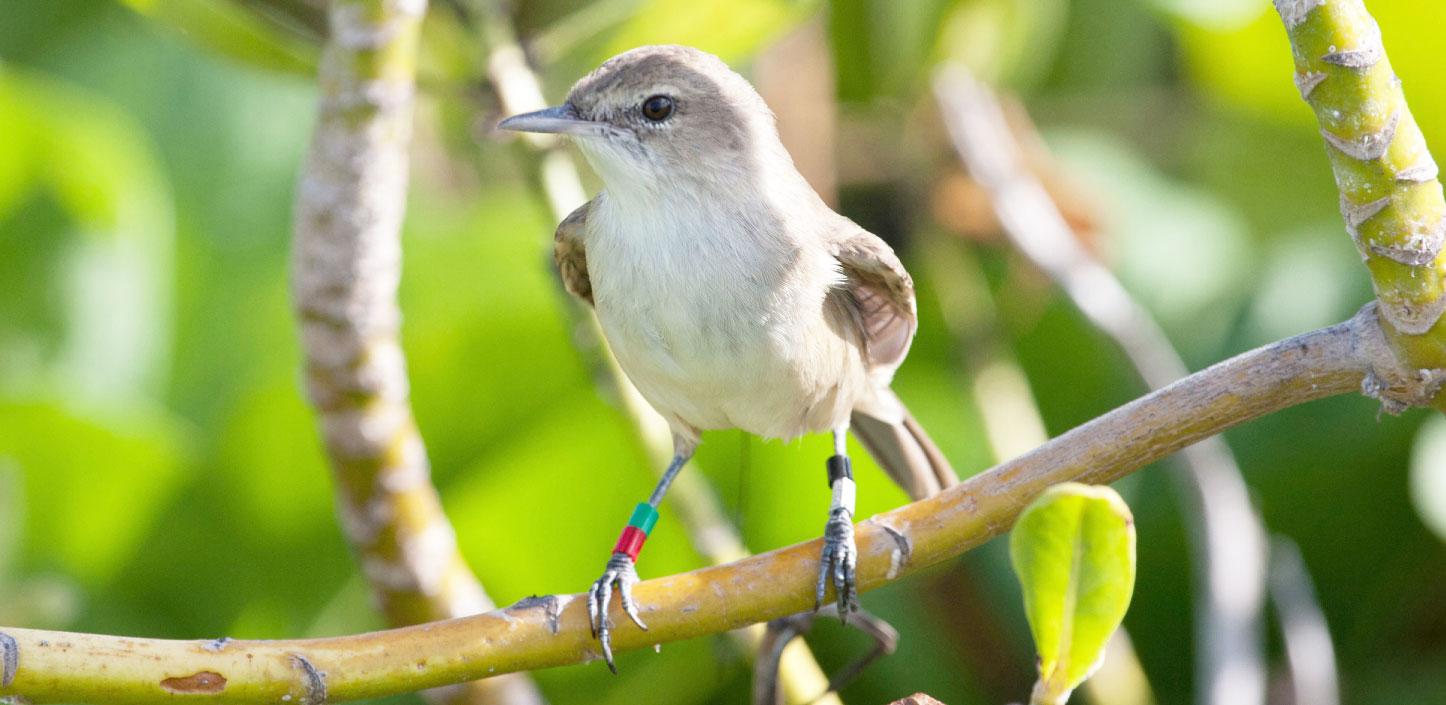
The Hawaiian Forest Bird Program focused on strategic investments to secure populations of three species—palila, Maui parrotbill and Nihoa millerbird, with an ancillary goal of applying lessons learned through focused recovery of these species to additional threatened Hawaiian forest bird species. In 2009, NFWF and partners developed the Hawaiian Forest Bird business plan for the conservation of Hawaiian forest birds to mitigate pervasive threats over a 10-year period.
Partners
Hawaiʻi's fauna is one of the most endangered on earth. Despite numerous extinctions since the arrival of humans, more than 20 endangered bird species persist in small numbers on the Hawaiian Islands. Scientists believe that extinction of many of these species is likely unless aggressive conservation actions are taken to increase the size and distribution of these small populations.
This program sought to advance conservation strategies for three focal species:
Palila
- Installation and maintenance of fencing palila critical habitat to exclude non-native ungulates on Mauna Kea
- Control of non-native ungulates and predators
- Population management and research, including captive propagation and release
- Restoration and protection of habitat on Mauna Kea
Kiwikiu (Maui Parrotbill)
- Establishment of fencing to exclude non-native ungulates on east Maui
- Restoration of native forests on east Maui
- Control of non-native ungulates and predators
- Development of kiwikui translocation techniques toward establishment of a new population
Nihoa Millerbird
- Ecological assessment of Laysan Island in preparation for translocations
- Translocation of millerbirds from Nihoa Island to Laysan Island
- Post-release assessment and monitoring
From 2009 through 2019, NFWF awarded 17 grants totaling more than $3.8 million, leveraged by $6.7 million in grantee matching funds for a total on-the-ground conservation impact of $10.5 million. The program contributed to the following results:
- 1 new population established (Nihoa millerbird on Laysan island)
- 22,860 acres of habitat under improved management
- 16,320 acres of habitat with predators removed
- 500 acres of habitat restored
- 58 individuals translocated
- 52 miles of fencing improved
- 1,000 people reached
- 45 studies completed to inform management decisions
In March 2021, the Hawaiian Forest Bird business plan was approved by NFWF’s Board of Directors for closure following the end of its 10-year performance period and assessment of established goals. Conservation need for Hawaiian forest birds continues to be critical, and lessons learned from the Hawaiian Forest Bird program informed efforts for bird conservation included in the new Hawaiʻi Conservation Business Plan.
For more information on current grant opportunities related to bird conservation in Hawaiʻi, please visit the Hawaiʻi Conservation Program and Pacific Seabirds grant program webpages.
Senior Scientist, Bird Conservation
Program Director, Alaska and Pacific Islands Programs
Coordinator, Regional Programs
